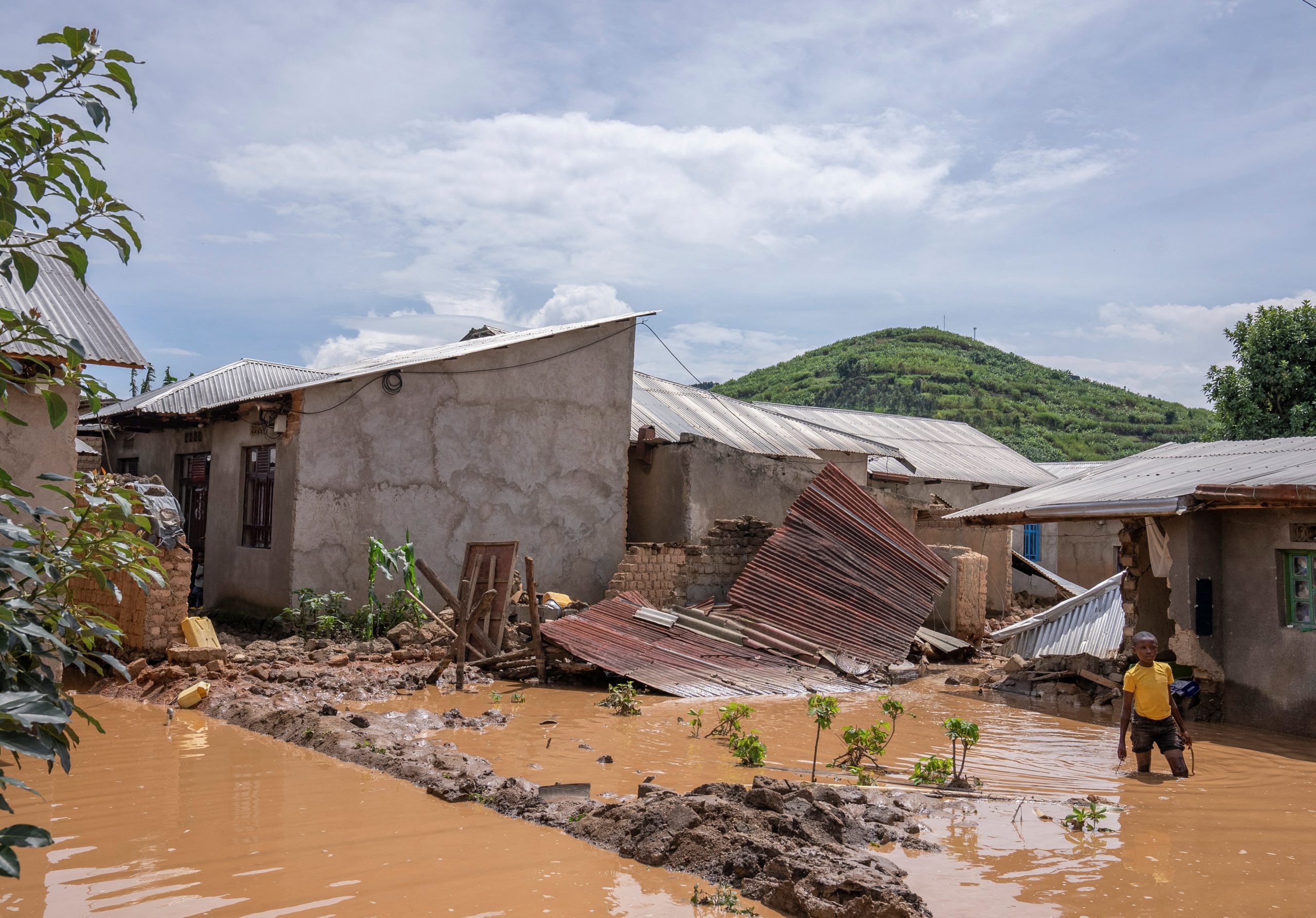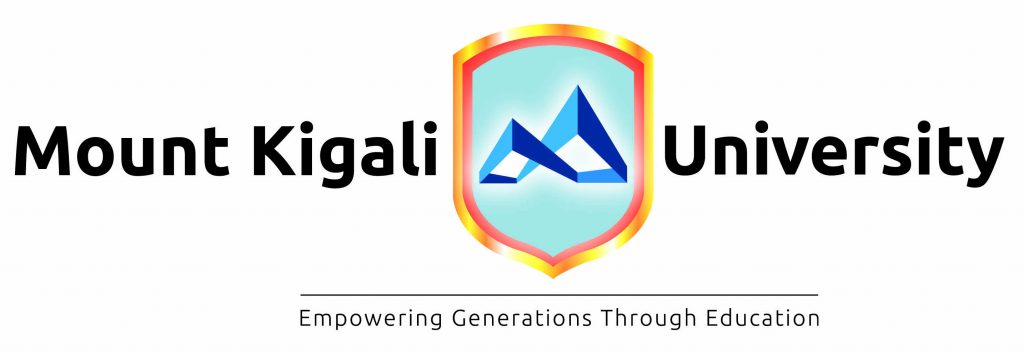Rwanda is taking a major step toward disaster preparedness, moving from reactive responses to a proactive strategy aimed at reducing the impact of natural hazards. A study conducted by the World Bank in collaboration with Rwanda’s Ministry of Emergency Management (MINEMA) and Ministry of Finance (MINECOFIN) revealed that natural disasters cost the country an estimated US$145 million annually, with extreme cases resulting in losses of up to US$345 million.
Starting in 2026, the government plans to allocate at least US$350 million each year to strengthen disaster resilience. The funding will support a comprehensive approach, including small-scale emergency responses, large-scale disaster financing, and measures to protect livelihoods.
A national disaster fund of US$40 million will be used for smaller, immediate emergencies, while credit lines ranging from US$100 to 140 million will help respond to larger events. Rwanda will also invest approximately US$90 million in sovereign disaster insurance to cover rare and extreme occurrences.
Additionally, around US$70 million is earmarked for insurance programs targeting farmers and small businesses, providing a safety net for livelihoods most vulnerable to climate shocks. The country will also allocate US$20 million to international programs, supporting improved data collection, early warning systems, and climate modeling to better anticipate and manage disasters.
Officials say this approach will not only protect communities and critical infrastructure but also reduce Rwanda’s reliance on unpredictable donor funding. It reflects the government’s commitment to tackling climate challenges proactively and ensuring the safety and well-being of its citizens.





